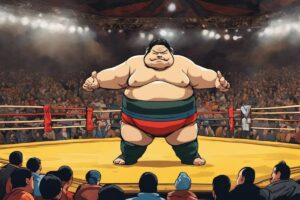As in many cultures around the world, children’s toys were historically handmade from wood and in Japan the Kokeshi Doll is one such toy.
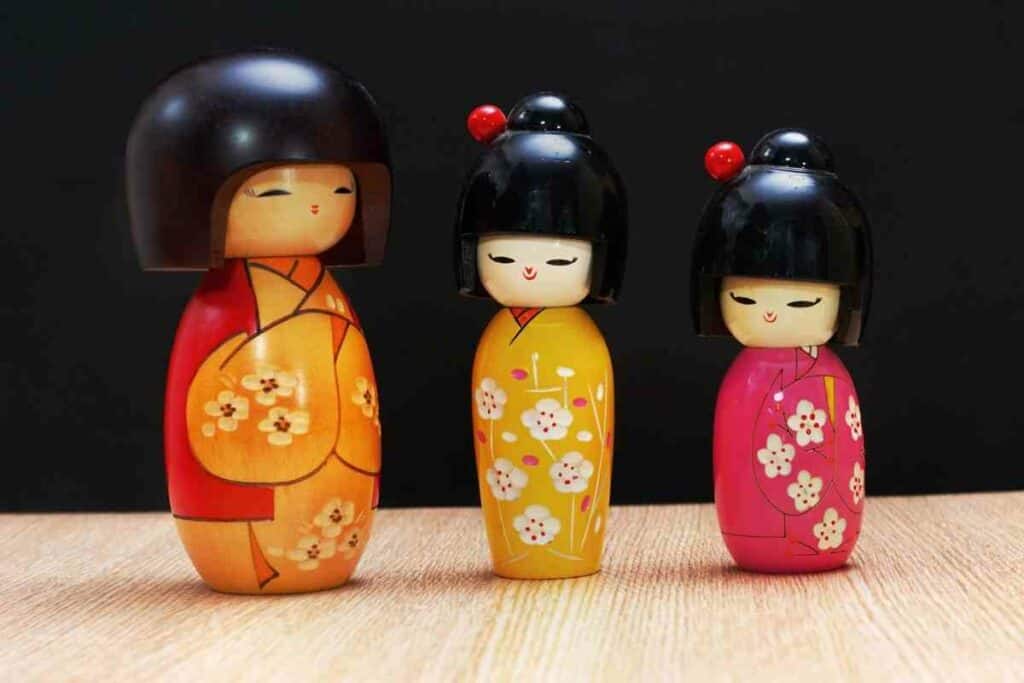
A limbless doll which was carved, sanded down to a smooth finish, and then painted and varnished, this iconic object is now emblematic of Japanese culture and its traditions and is somewhat of an international, decorative collector’s item.
In This Article – We will detail what a Kokeshi Doll is, how they are made, when they were established and how they have evolved into a respected form of art.
Table of Contents
What Exactly Is a Kokeshi Doll?
Now considered to be quite the artform, the Kokeshi Doll is a wooden children’s toy which dates back centuries, right back to the Edo persiod and likely before.
Originating in the northeast of the country, the birthplace reportedly being Gunma, it is a simple wooden doll with no arms nor legs.
Either whittled or carved from a single piece of wood, or two connected parts, its structure is a basic, cylindrical body and a small spherical head.
It was designed to fit in the palm of a child’s hand, so they are usually made to be only a few inches in length, but newer more commercialised dolls are made up to 10 inches long, or more, and are purely for decorative purpose.
How Is a Kokeshi Doll made?
Made from softwoods like that from Cherry trees, Mizuki or Dogwood, these dolls are now carved and lathed.
The wood is often treated for anywhere up to five years beforehand and they are then smoothed to a finish and painted with attire and a face.
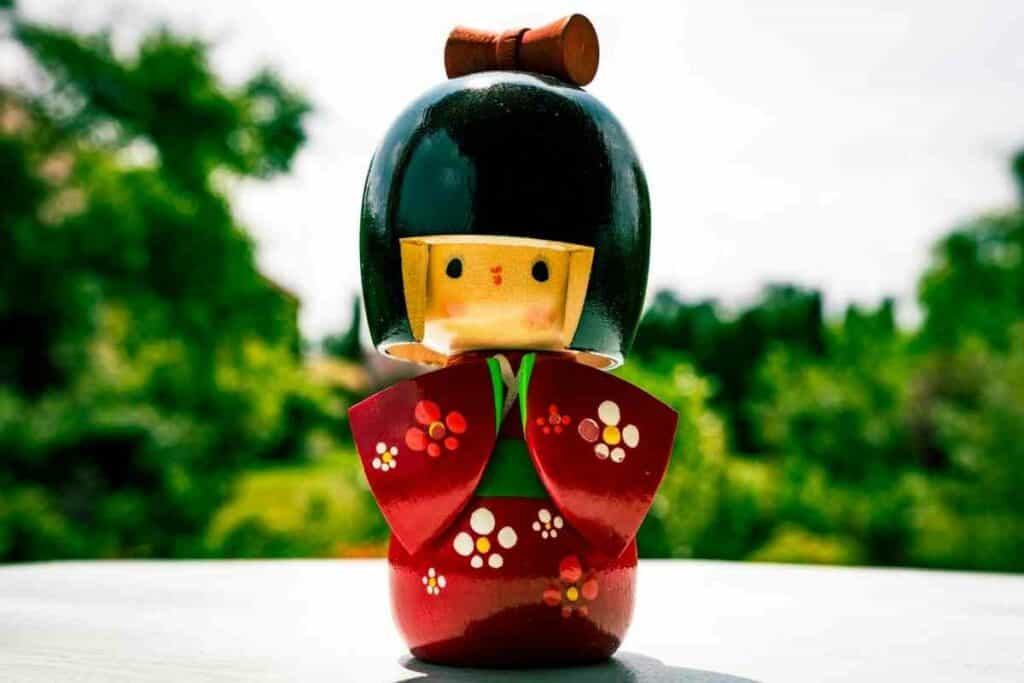
Some are still made completely by hand and see no manufacturing at all. In contemporary crafts, people create them using a few different methods.
When making them with young children, some people use a cork (or something similar) and attach it to a walnut which suffices as a head, before they are then decorated.
Why not try to make your own?
Who Invented the Kokeshi Doll?
No one exactly knows but Japanese woodworkers, who claim their descent as far back as 844 ACE, are famous for making them: the Kijiya (木地屋).
It is thought that these toys originated as massaging tools which were made to be used in onsen, and then gained the secondary use as a toy over time.
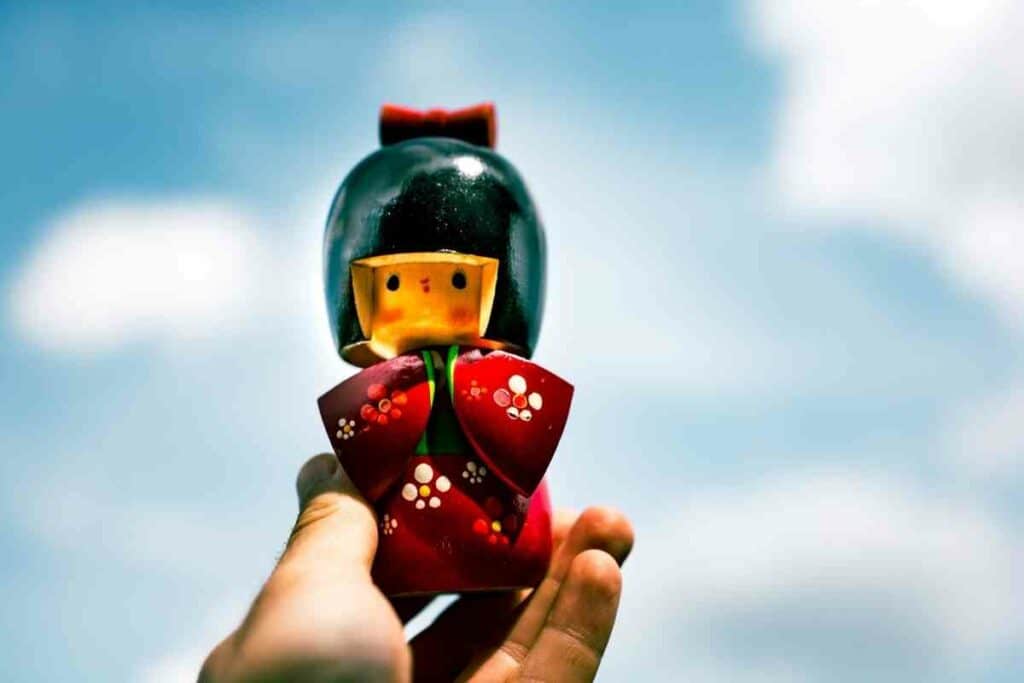
They were even possibly given to onsen visitors as early as the Edo period (c.1600-1868).
The Kijiya are rumoured to have been crafting them as toys and giving them to farmers to take home for their children, some 150 years in the past.
Ever Since: Their popularity has grown, and they have disseminated not only throughout Japan but also to different corners of the world.
Does the Kokeshi Doll Carry Any Meaning?
Historically introduced to make some extra money and to keep the onsen worker’s hands moving in the Winter, the Kokeshi Doll also stands as a symbol of Japanese culture.
Once quite simple and plain, these decorative items are now much more than just a toy.
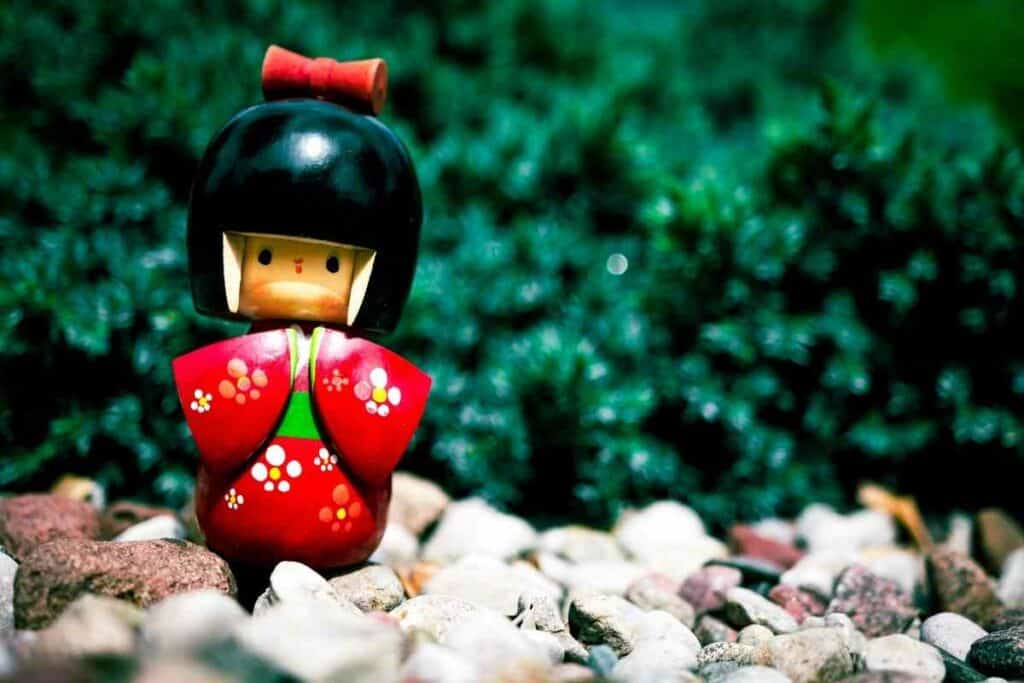
They are a collector piece; a decorative home ornament and they are so intricately detailed in their designs that each one symbolises a different aspect of that culture today.
They also traditionally held value as signifiers of family and familial traditions which were passed down through generations.
As well as this, some also carry spiritual significance.
What Is Sosaku Kokeshi?
This is the art of Kokeshi Doll creation, which was established in the 1940s, and is believed to preserve the spiritual integrity of the wood.
The Japanese refer to this as the essence of all things.
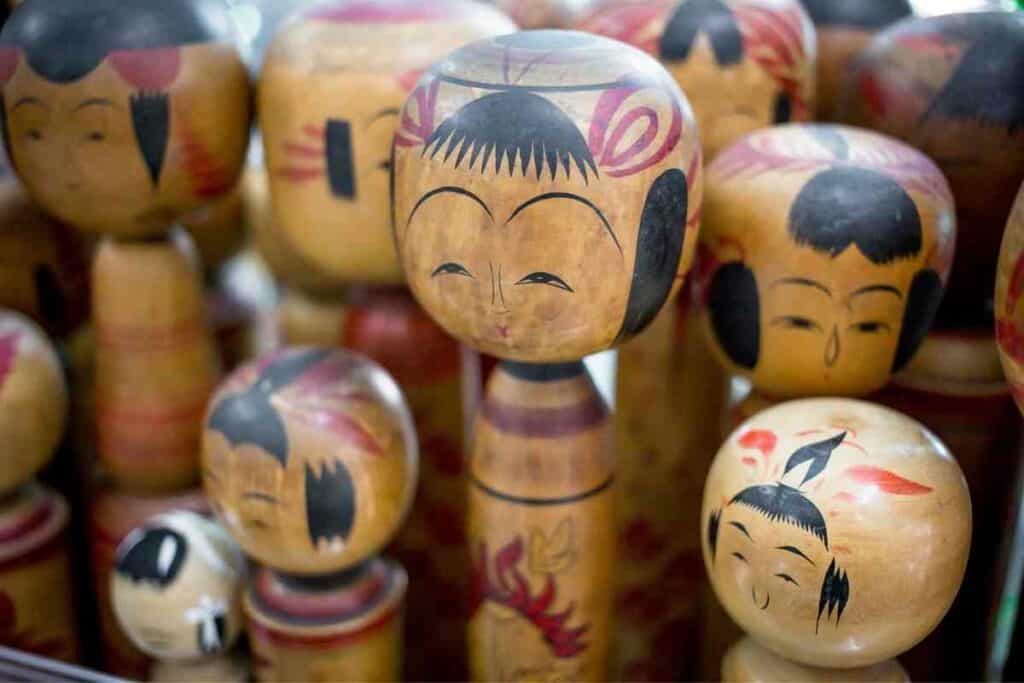
A Buddhist concept known as ‘Mottainai’.
A recognition of the interconnectedness of all things in existence, it is believed that objects contain this “essence” and the practice of Sosaku maintains it.
They are made in a vast number of different styles:
- Iconic Scenes
- Significant Themes
- Historical Motifs
- Literary Motifs
- Religious Motifs
- Symbols of Everyday Life
Dolls are now made in many countries the world over, but they are not considered Sosaku and carry little spiritual significance if they are not make by one of these talented artists.
Are There Different Types of Kokeshi Doll?
There are increasingly more varied types of Kokeshi Doll, as time goes by.
From the noble Samurai to the talented Geisha, they are crafted to resemble different generations, famous characters, genders, animals and much more.
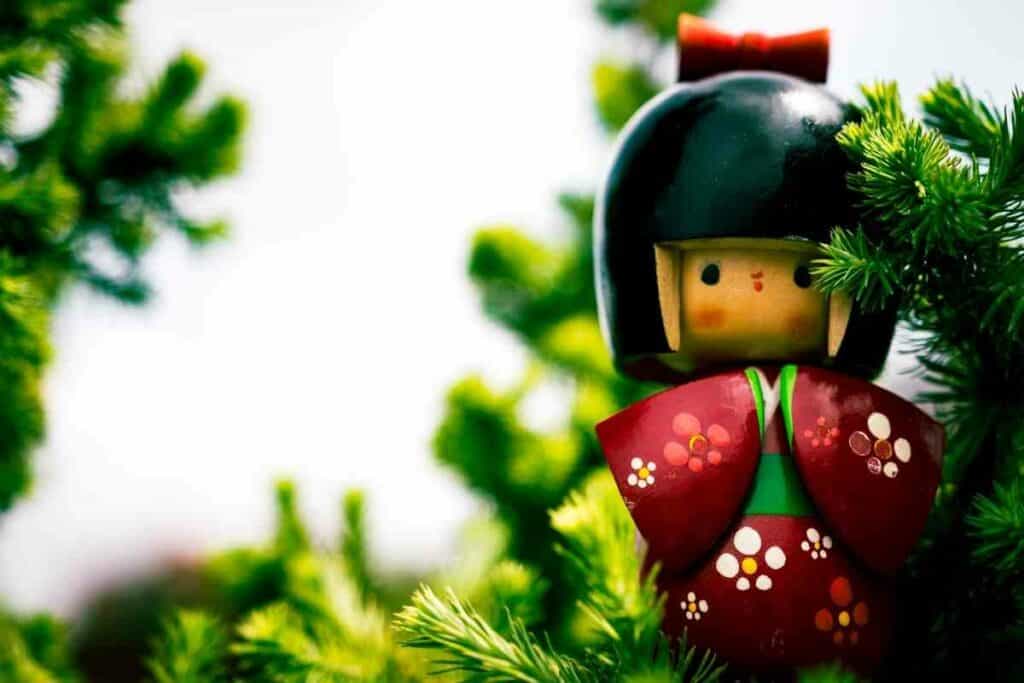
It began, however, with specific types and styles from different regions of northern Japan.
Variations also existed between the small number of families which were famous for making them in the 1800s.
Now they are elaborately decorated and some, even luxurious and worth a lot of money on the market.
They are made across the entire archipelago of Japan and some artists have even gained recognition internationally.
How Much Does a Kokeshi Doll Cost?
Vintage dolls can go for a couple of hundred dollars, each.
However, they can be very cheap if they are western made.
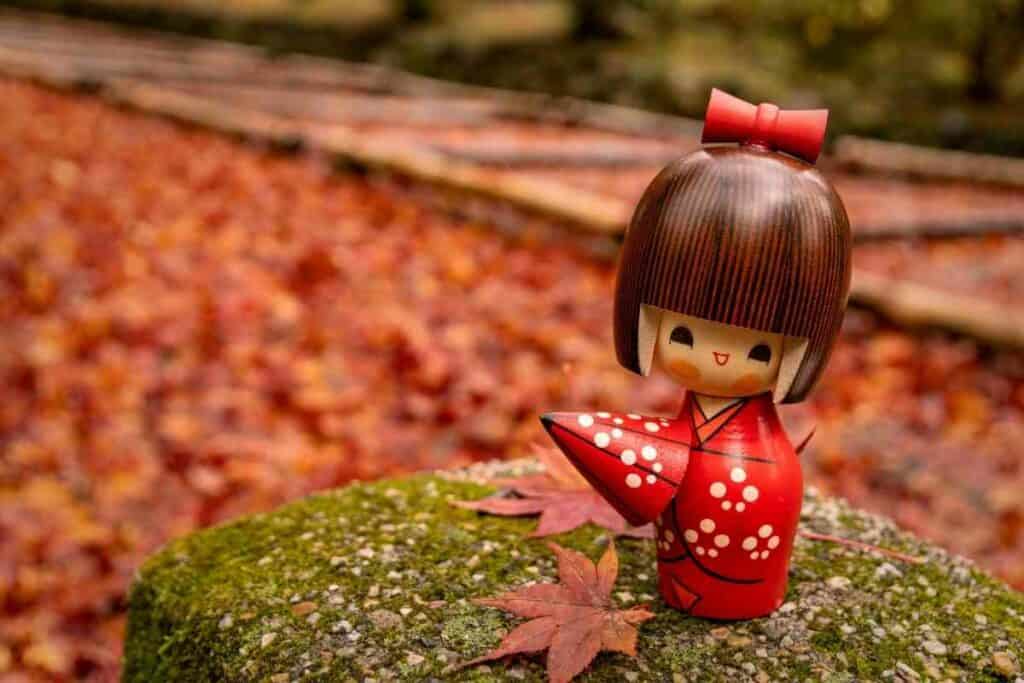
Detailed Usaburo dolls range from around $20.00 to anywhere up to around $160.00 for an extra large one.
Cheaper ones, for example on Ebay, can be as little as a few dollars and collector dolls can be very pricey indeed.
Incredible Fact: Harrods sell a beautiful little figurine in the style of a Kokeshi Doll for almost $600.00! One is even listed on Ebay as a rare “award-winning” doll and is over a thousand bucks…
Final Thoughts
Although you could grab one from Amazon or Ebay – or even craft your own from scratch as an activity with the kids, it is nothing like getting yourself a genuine, Japanese Kokeshi Doll.
Importing one can be a little costly but will be worth the money and wait.
Failing that, should you want a genuine doll, crafted by the Sosaku artists, then you might want to wait until you visit and make it part of your vacation.
You May Also Like
- The Forbidden Japanese Island That Will Give You Nightmares
- Miss Japan Forced to Wear Sailor Moon Costume Since Childhood: Claims It’s the Secret to Her Success
- Essential Guide to Japan VPN: Secure Access and Privacy for Travelers
- Sumo Wrestler Suit for Adults by TOLOCO: Best Sumo Suit?
- Eki Stamp Book (Gotta Collect Them All!)
- Explore the Fascinating World of Japanese Rubik’s Cubes




